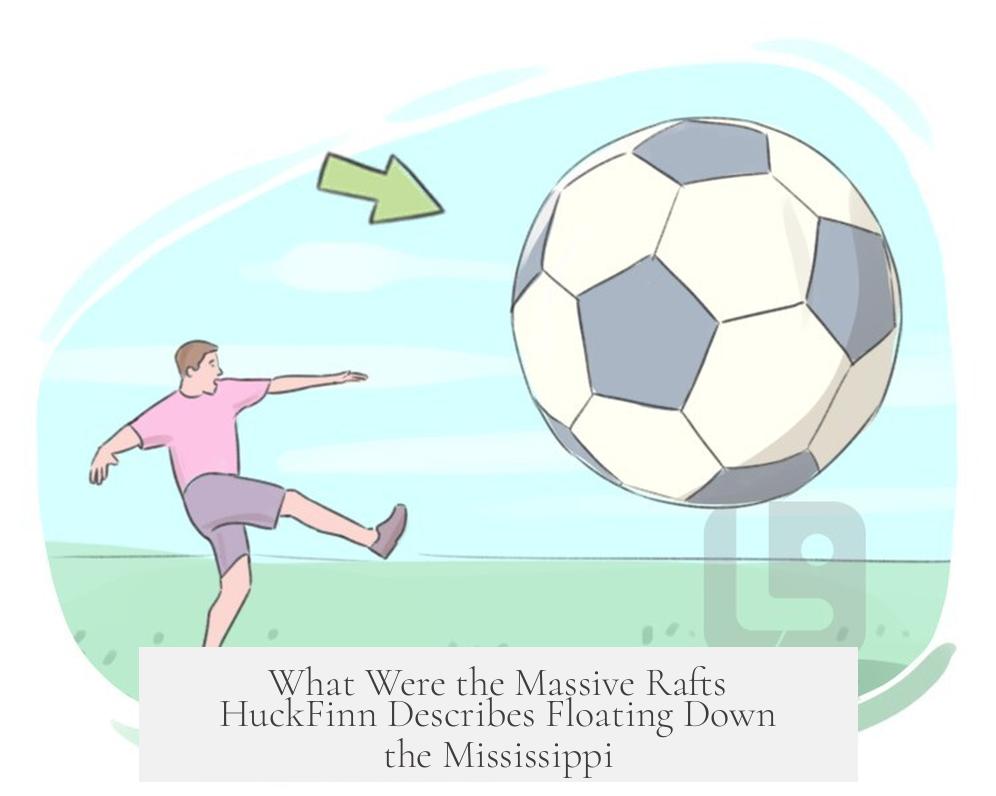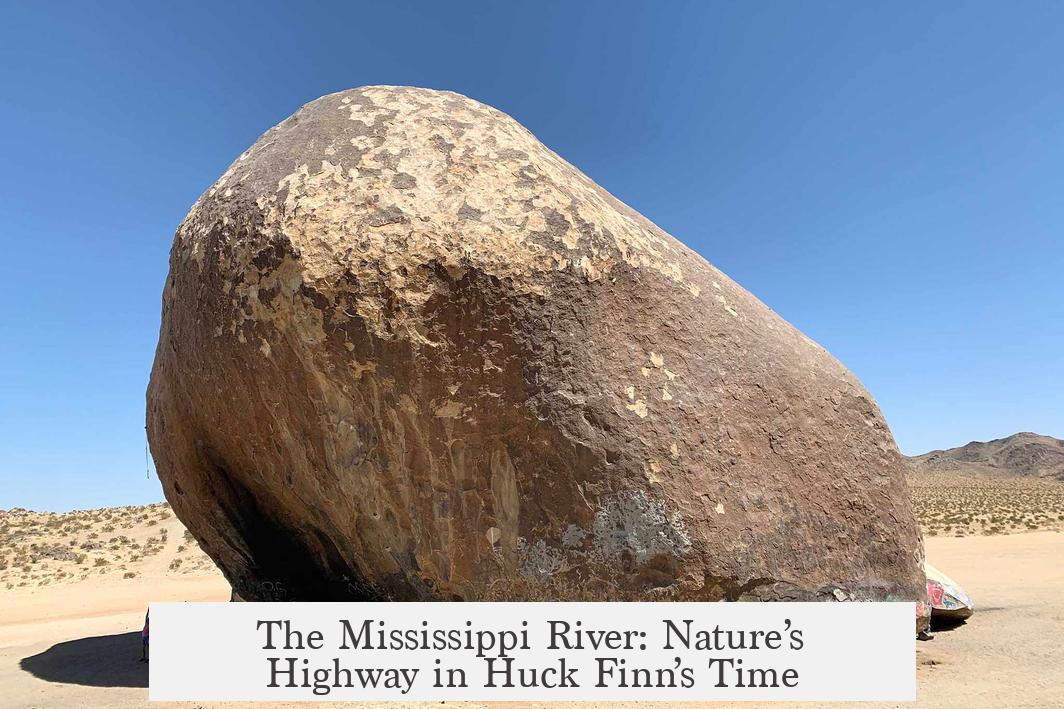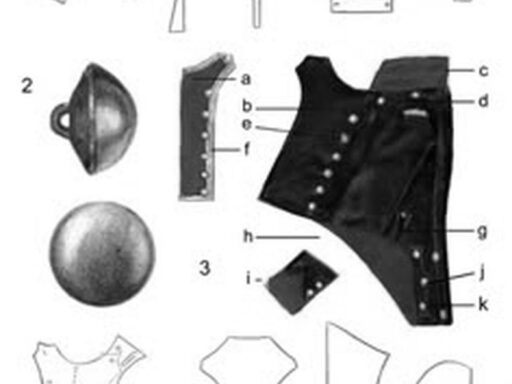In “Huckleberry Finn,” the massive rafts Huck describes are large lumber rafts floating down the Mississippi River toward New Orleans. These rafts consist of long lengths of timber lashed together to form a floating platform. Huck notes they often have shelters, campfires, and dozens of men aboard.
These rafts differ from other river vessels like flatboats and keelboats. Unlike those, lumber rafts are designed solely for drifting downstream. Once they reach New Orleans, the rafts are dismantled. Their timber is then sold or distributed at this major river port, acting as a commercial hub or entrepot.
This practice reflects a key aspect of Mississippi River commerce during the time. River transit was the main way to move goods in the region. Rafts carried lumber harvested in the Midwest or other cargo, floating with the current to the South. The journey required crews to live on the rafts, explaining the shelters and campfires Huck sees.
New Orleans serves as the final destination for these rafts. The city’s location near the river’s mouth made it an important commerce center. Here, the lumber reached markets or was shipped further. After dismantling the raft, the crew’s job ended until new timber was gathered upstream.
- Rafts are lashed-together timber platforms floating downstream.
- They carry lumber from the Midwest to New Orleans.
- New Orleans acts as the main commercial port where rafts are taken apart.
- Living conditions on rafts include shelters and campfires for the crew.
- This mode of transport was common for river commerce before modern shipping.
Mark Twain’s depiction captures a real river trade system around 1840. It highlights how transportation and commerce depended heavily on the natural flow of the Mississippi and the river economy.
What Were the Massive Rafts HuckFinn Describes Floating Down the Mississippi?

In Mark Twain’s Adventures of Huckleberry Finn, those huge rafts Huck sees drifting down the Mississippi were predominantly lumber rafts—massive, lashed-together bundles of timber floated downstream to New Orleans for sale and dismantling. Huck’s vivid picture of these rafts, complete with shelters, campfires, and plenty of men, tells you a lot about life on the river during that era. But why were these floating cities so common, and where exactly were they headed? Let’s unravel the fascinating story behind those river giants.
The Floating Forests: What Were These Rafts?
First, let’s clarify what these rafts actually were. Back in the mid-1800s, rafts on the Mississippi weren’t the kind of flimsy floaties you might picture. Instead, they were giant platforms made by lashing thick, heavy logs together. Vast forests of lumber would be cut upstream and then bundled tightly into these floating rafts.
The key goal? To get that valuable timber to New Orleans. The city served as a major entrepôt—essentially a trading hub—for goods coming down the river. Unlike flatboats or keelboats, which had bottoms suited for upriver travel, rafts didn’t make the trip back. They were one-way floats, guiding entire forests downstream.
Upon arrival, the rafts would be dismantled, and the timber sold or reworked for construction and shipbuilding. The downtime on the raft meant men had to live on them, hence the shelters and campfires Huck notices. It was their floating home for weeks, sometimes months.
Why Only Downstream and Not Back Up?
Rafts benefited from the river’s current, drifting lazily down. But they were useless for traveling upstream. They were simply too large and unmanageable against the river’s flow. Flatboats and keelboats had keels or flat bottoms, making them better suited for voyages upriver. This one-way journey made the raft business quite unique and tied closely to the river’s current and geography.
Ever wondered why those rafts looked like miniature floating towns? Living conditions on the river demanded shelters, cookfires, and all the usual accoutrements of life. Men who worked on rafts had to endure storms, river hazards, and long stretches without solid ground.
The Mississippi River: Nature’s Highway in Huck Finn’s Time

The Mississippi near Hannibal, Missouri, where Huck’s story unfolds, was about three miles wide yet only three feet deep in some spots. Imagine navigating a river that wide but so shallow! This made floating big rafts more challenging. If a raft hit a “snag” (an unseen log underwater) or a shallow sandbar, it could ground or break apart. The men had to work constantly to pole off these obstacles.
Unlike today, when the Army Corps of Engineers has tamed the river with dams and weirs to control flow and depth, Huck’s Mississippi was wild. It could shift unpredictably, making any voyage risky but full of character and challenge.
River Commerce Before the Railroad Took Over
https://www.youtube.com/watch?v=y34u_NDCzJU
In those days, rivers were the primary trade routes. Before railroads crisscrossed America, floating goods down the Mississippi was the fastest and cheapest way to get products to market. Huck’s rafts didn’t just carry timber; the river buzzed with flatboats hauling corn, wheat, cotton, and hemp—no, not the kind you’re thinking. Hemp fibers made sturdy ropes and cotton bales.
There were even floating whiskey trades. Whiskey often fetched better prices than raw corn, ironically making “getting your corn from a jar” more profitable—something Abraham Lincoln himself would have known, having worked as a crewman on boats downriver. This heady mix of agricultural products and raw materials underpinned the Mississippi’s economic lifeblood.
Navigation Hurdles: A River Full of Surprises
Life on the river was no smooth cruise. The Mississippi hid many dangers such as “sawyers”—logs bobbing menacingly on the surface—and “snags,” submerged logs ready to rip a raft apart. Add shoals and sandbars, and you have a channel full of surprises.
Steam-powered boats faced an additional headache: their boilers were prone to dangerous pressure build-ups. Meanwhile, raftmen had one advantage: if grounded, they could pole off with sheer muscle. It may sound exhausting, but it gave them control without risking boiler explosions.
So, Where Were These Rafts Going?

Every one of those lumber rafts was headed south to New Orleans, the great port city at the Mississippi’s mouth. Here, timber was broken down and sold or shipped onward. It was the economic hub for the entire river system and a gateway to the Gulf of Mexico and beyond.
Imagine the sight—scores of rafts, each a floating community of loggers and river workers, drifting past as Huck observes. Their journey is a mesmerizing testament to human ingenuity and the power of nature’s currents.
What Can Huck’s Rafts Teach Us Today?
Beyond the romantic aura, these rafts are early examples of sustainable logistics: moving massive natural resources using the river’s natural flow instead of fuel-burning engines. In a world chasing greener transport, this history holds lessons in efficiency and adaptation.
Also, the camaraderie and grit the raft men showed reveal a slice of Americana often overshadowed by urban tales. Huck’s observations pull readers into a slice of river life—a mix of hard labor, adventure, and reliance on nature’s whims.
Final Thoughts
Next time you read Huck Finn and picture those giant rafts sailing down the mighty Mississippi, think of more than just floating logs. They are living, moving snapshots of an era where rivers were highways, rafts were homes, and men depended on nature’s currents to carry their fortunes downstream.
Where else do you find industries so intertwined with natural forces and so dependent on the rugged, unpredictable waterways? Huck’s world offers a charming yet sobering view of life on the edge of civilization, hauled by waves and teamwork.
So the next time you spot a big raft or hear a river tale, remember the story Huck Finn tells—a story of timber, trade, and tenacity, all floating gently to New Orleans on the largest river in America.
What exactly were the massive rafts floating down the Mississippi in “Huckleberry Finn”?
They were large rafts made by tying together lengths of lumber. These rafts carried timber downstream. Men on board lived in shelters and used campfires during the journey.
Where were those rafts headed?
The rafts traveled down the Mississippi River to New Orleans. This city was a main commercial center where the rafts were taken apart and the lumber sold or distributed.
Why were the rafts dismantled at their destination?
Rafts were designed only to float downstream. Once they reached New Orleans, the timber was unloaded and the raft broken up. The wood was then sold or used locally.
How did these rafts fit into the bigger commerce system on the Mississippi?
The rafts were a common way to move goods, especially lumber and agricultural products. River transit was the main method for transporting such cargo.
Were these rafts the same as flatboats or keelboats?
No. Unlike flatboats or keelboats, rafts were not meant to travel upstream. They floated only downstream and were dismantled after reaching their destination.




